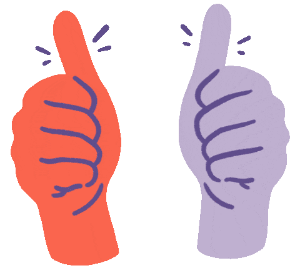I/GCSE Biology Chapter Analysis - Chapter 2: Structure and Function of Living Organisms - Coordination and Response (Part 2)
Let's explore the IGCSE Biology's Chapter 2 sub-topic on coordination and response, this time in humans.
Nervous and Hormonal Communication:
Living organisms utilize two main systems to coordinate their responses to internal and external stimuli: the nervous system and the endocrine (hormonal) system. While both systems are responsible for coordinating responses, they differ in their mode of communication and the speed of their effects.
The Nervous System:
The central nervous system (CNS) consists of the brain and the spinal cord, which are connected to various sense organs and effectors (muscles and glands) by nerves. When a stimulus is detected by a receptor in a sense organ, it generates an electrical impulse that travels along the nervous system to the CNS. The CNS then processes the information and sends a response back through the nerves to the effectors, resulting in a rapid response.
Synapses and Neurotransmitters:
At the junction between two neurons, where the electrical impulse needs to be transmitted from one cell to the next, there is a small gap called a synapse. Within the synapse, the electrical impulse is converted into a chemical signal, where neurotransmitters are released from the presynaptic neuron and bind to receptors on the postsynaptic neuron, triggering the continuation of the electrical impulse.
The Endocrine System:
In contrast to the nervous system, the endocrine system relies on the release of chemical messengers called hormones. Hormones are produced by endocrine glands and are released into the bloodstream, where they can travel to target tissues and organs, triggering a response. The effects of hormones are generally slower than the responses of the nervous system, but they can have longer-lasting and more widespread impacts on the body.
Coordination and Response:
Both the nervous and endocrine systems work together to coordinate the body's responses to various stimuli. The nervous system provides rapid, localized responses, while the endocrine system regulates longer-term, more widespread changes in the body. The integration of these two systems allows organisms to maintain homeostasis and adapt to their environment effectively.
By understanding the mechanisms of nervous and hormonal communication, we can gain insights into how living organisms respond to changes in their internal and external environments, and how these systems work together to ensure the proper functioning of the body.
Work hard for your I/GCSE Biology examination!
End of analysis. Great!


